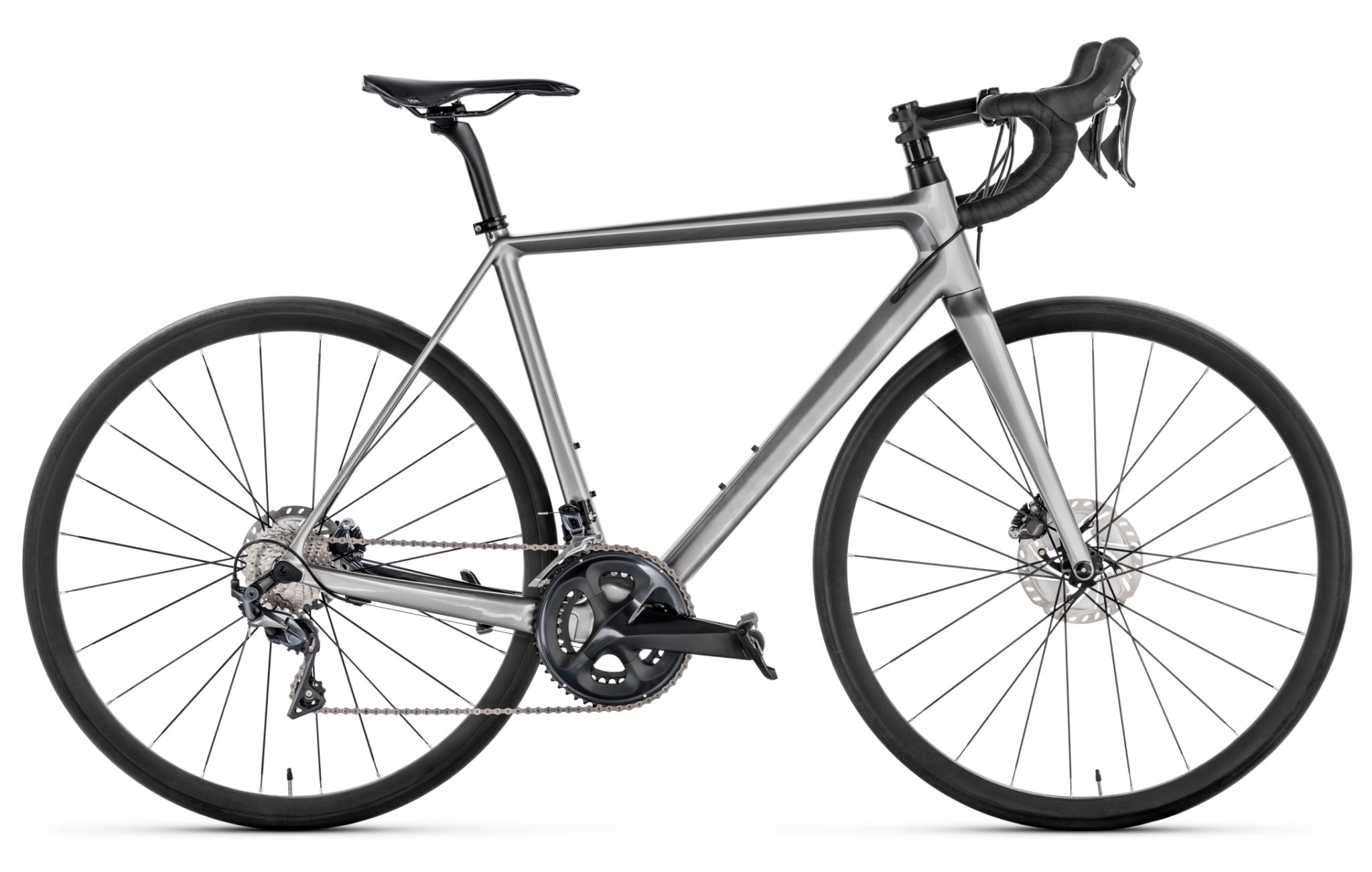Common Bicycle Problems and How to Fix Them at Home
Flat Tires
One of the most common issues cyclists face is a flat tire. This can occur due to a puncture from sharp objects or wear and tear over time. To fix a flat tire at home, you'll need a few essential tools: a tire lever, a patch kit, and a pump.
Start by removing the wheel from the bike and using the tire lever to gently pry the tire off the rim. Locate the puncture by either listening for escaping air or submerging the tube in water to find bubbles. Once identified, dry the area and apply the patch from the kit. Reassemble the tire and inflate it to the recommended pressure.

Chain Problems
Chain Slipping
Chain slipping is another frequent problem that can disrupt a smooth ride. This typically happens when the chain is not properly aligned or is stretched. To address this, first clean your chain with a degreaser to remove dirt and grime. Then, check for any damage or excessive wear.
If the chain is stretched, consider replacing it. However, if it's in good condition, adjust the derailleur to ensure proper alignment. This can often alleviate slipping issues and improve overall performance.
Chain Noise
Noisy chains are often due to insufficient lubrication. Apply a bike-specific lubricant to each link while spinning the pedals to distribute it evenly. Wipe off any excess to prevent dirt accumulation, which can lead to further noise and wear.

Brake Issues
Squeaking Brakes
Squeaking brakes are not only annoying but can also indicate a need for attention. This noise often results from dirty or misaligned brake pads. Clean the wheel rims and brake pads with rubbing alcohol and adjust the pads so they make proper contact with the rim.
If squeaking persists, check if the brake pads are worn out and replace them if necessary. Properly functioning brakes are crucial for safety, so never overlook this issue.
Loose Brake Cables
Loose brake cables can significantly reduce braking efficiency. Tighten them by adjusting the barrel adjuster located at the brake lever or caliper. If cables appear frayed or damaged, replace them to ensure reliable stopping power.

Gear Shifting Problems
Difficulty shifting gears can make cycling uncomfortable and inefficient. This problem is often due to improperly adjusted derailleurs or cable tension. Begin by ensuring your derailleur is clean and free of debris.
Next, adjust the cable tension using the barrel adjuster until shifting feels smooth and responsive. If issues persist, inspect for damaged cables or housing that might need replacement.
Wobbly Wheels
Wobbly wheels can affect both safety and ride quality. Check if your wheels are properly secured by tightening the quick-release levers or axle nuts. If wobbling continues, inspect for loose or broken spokes.
Truing a wheel involves adjusting spoke tension to bring it back into alignment. This task requires a truing stand or a skilled hand but can often be done at home with patience and practice.

By familiarizing yourself with these common bicycle problems and their solutions, you can keep your bike in top condition without frequent trips to the repair shop. Regular maintenance not only enhances performance but also ensures a safer cycling experience.
